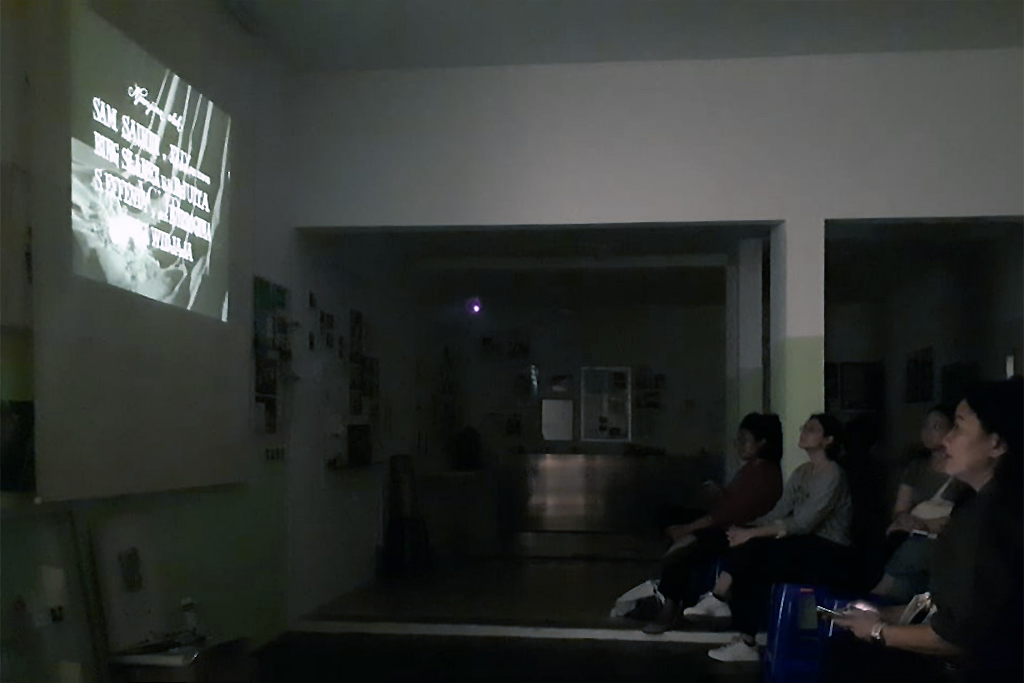
When Tiga Dara was released in 1957, it immediately gained foothold in Indonesian pop culture. It was a musical drama directed by Usmar Ismail, one of Indonesia’s distinguished directors. Though many of his works had nationalist themes, Tiga Dara was one of the most popular and highest-earning.
Tiga Dara tells a romantic pursuit of three sisters, Nunung, Nana, and Neni. The story unfolds within the 1950s’ Jakarta when modernity was young, and sometimes clashed with conservative minds. Nunung, the eldest sister, for example, failed to enjoy a house party and still dressed in kebaya (Javanese traditional clothing). On many occasions, this movie also shows how modernity in Jakarta overlapped with its vibrant everyday life. And Usmar Ismail did not seem to polish the look of how this city was occupied and operated by its people.
The vivid images of old Jakarta make Tiga Dara nostalgic, but glimpses of iconic projects in the background also make this movie informative. Most of the scenes were shot in Kebayoran Baru, the first “garden city” area which was built less than five years before the film aired, against the backdrop of modernist architecture in a city built on a scale intended for vehicles rather than pedestrians.
Another scene takes place in front of Toko Tjiliwoeng, Blok M – one of the oldest shopping centres in Jakarta. It shows how pedestrians, cars, motorbikes, and pedicabs all come together at an intersection. The movie also shows Metropole, an art deco cinema built by the Dutch in 1932, crawled by ticket scalpers and desperate customers. Though the appearance of Blok M has changed, Metropole is still standing today and serves similar functions. Besides the drama, this movie reflects how this city celebrates modernity.
For almost two hours, the audience was immersed in the atmosphere. Having a narrow space and random seating made interactions between audiences occur naturally. Laughter and mischievous comments were occasionally heard, in response to the jokes. The movie was simply adored for bringing a breath of romance to the Occupying > Modernism exhibition.

